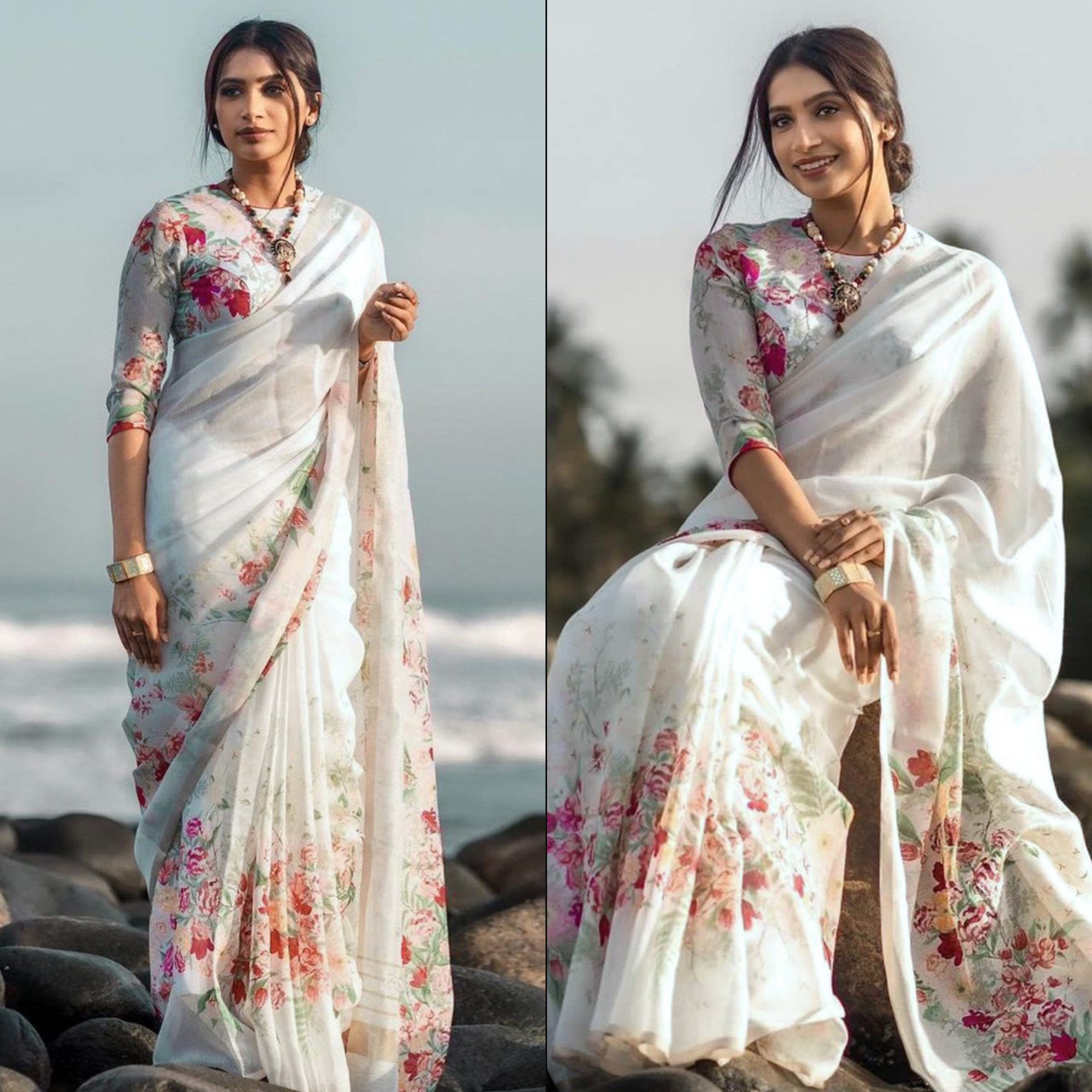The textile industry is second only to the Agriculture industry in India, and forms one of the largest contributors to Indian exports. Archaeological evidence as well as mention in Vedic texts suggests the existence of spinning and weaving technology from thousands of years in the past!
Tie-Dye (Bandhini)

Over time, the use of fabric has evolved from the basic applications of cover or protection, and moved into the world of high fashion. One of the most well-known examples is Bandhej (or Bandhini as it is popularly known) - colorful fabric created using the tie and dye technique and found majorly in the states of Rajasthan and Gujarat. Whether for t-shirts, dresses or casual sarees, tie-dye has become a fashion staple everywhere!
Ikat

Another one of the more popular textile forms in India is Ikat, which is manufactured in Andhra Pradesh. This dyeing technique is used in cotton as well as silk fabrics, and the beautiful print follows a pattern of rich and vibrant colors. The fabric is usually embellished with silver and gold thread to make the colors stand out even further, just like Banarasi silk, Mysore silk or Kanjivaram sarees, and zari-embellished bridal lehengas.
Block Printing
Originating in the south Indian state of Karnataka, block printing on fabric has become extremely popular all over the world. Blocks are carved out of wood with intricately detailed designs, and then used to stamp running patterns along the length of the fabric. It may sound like it’s an easy enough exercise, but it takes a great deal of precision to get the pattern exactly right!
Madhubani Painting Beautiful and one-of-a-kind artwork is painted on fabric, walls, pottery and more in the villages of Madhubani in Bihar, and this art form is enjoying a global revival of interest. Like kalamkari art, the colorful and intricate motifs are based on epics and scriptures, depicting gods, flora, fauna, etc. These art forms are traditionally passed on from generation to generation, and children start helping out their parents at a very young age.
Beautiful and one-of-a-kind artwork is painted on fabric, walls, pottery and more in the villages of Madhubani in Bihar, and this art form is enjoying a global revival of interest. Like kalamkari art, the colorful and intricate motifs are based on epics and scriptures, depicting gods, flora, fauna, etc. These art forms are traditionally passed on from generation to generation, and children start helping out their parents at a very young age.
Phulkari

Originating in Punjab, the beautiful technique of phulkari floral embroidery has graced shawls and scarves for generations. Today, it’s used to add visual appeal to everything from contemporary dresses to traditional salwar-kameez suits and sarees. While it was originally done in shades of yellow, orange and white, you can find phulkari-embellished apparel in every shade of the rainbow now!
Indian textiles are unique and diverse, and tell us a great deal about the rich cultural heritage of this vast nation. The application of techniques like embroidery, zari, mirror-work and beadwork in contemporary designer collections shows how classic folk styles can become fixtures even in the modern fashion scene!
Image Credits: Steven Falconer, (Flickr Creative Commons), gangesindia.wordpress.com, baghprints.com, findable.in, ithinkfashion.com, thehindu.com, im.rediff.com, fibre2fashion.com, gaatha.com, policu.com, vogue.in






















